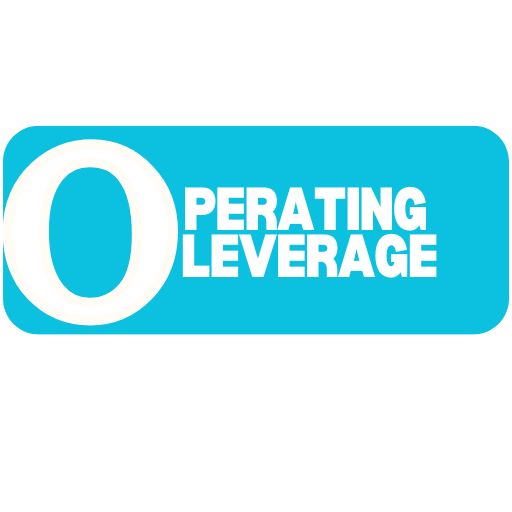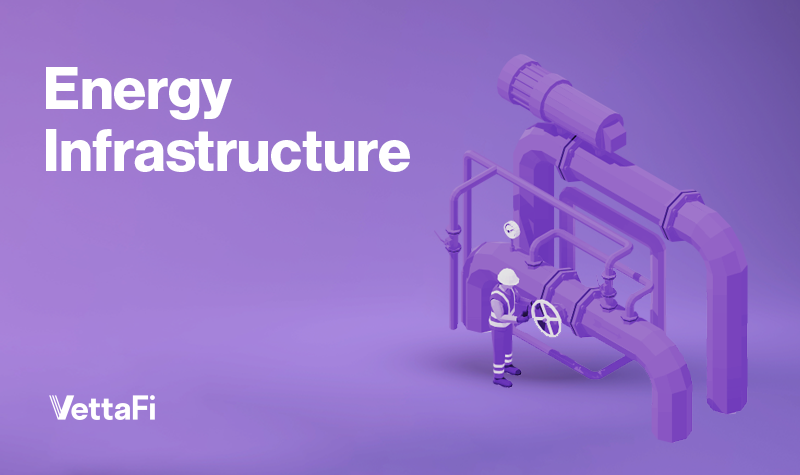There may be no such thing as a free lunch. But for midstream, there can be instances where operating leverage allows for additional cash flow with little-to-no capital spending. A prime example would be an existing pipeline that is not fully utilized. Across midstream asset types and geographies, companies are pointing to the benefits of operating leverage or very capital-efficient growth. This note highlights a few examples and explains how operating leverage benefits midstream.
Natural gas volumes could rebound quickly if prices improve.
Natural gas production in the US is arguably a loaded spring for midstream gathering and processing assets once prices recover. Multiple gas producers shut in production this year due to weak prices. Essentially, it was better to keep natural gas in the ground than to sell it at depressed prices and worsen market oversupply. Some production has likely returned with seasonal price improvement. But more volume could be added relatively quickly if prices are supportive.
On their 3Q24 earnings call, Williams (WMB) discussed 4 billion cubic feet per day (Bcf/d) of natural gas production across their systems in the Marcellus and Haynesville that was connected but not producing. Management noted that some production curtailments from the summer were starting to come back. And production could rebound fairly quickly when prices improve, in some cases just requiring the turn of a valve.
Similarly, Kinder Morgan (KMI) noted plenty of capacity on gathering systems in the Eagle Ford if volumes ramp, though KMI would probably need to add processing capacity. In the Haynesville and Bakken, they would likely need to add lateral pipelines to connect into their larger existing pipelines. But they see the potential for efficient expansions for their gathering and processing businesses when production picks up.
Permian: More bang for the buck at each well site.
In the Permian, pipeline operators can enjoy operating leverage as producers become more efficient and drill more wells at existing pads. Efficiency gains by producers have been significant as noted by Plains All American (PAA/PAGP) in a recent interview with VettaFi, and drilling technology continues to improve.
Higher recoveries and larger developments mean gathering companies can utilize existing infrastructure and make fewer new connections. On their 3Q24 call, Plains noted that close to 40% of their gathering connections in the Permian already have pipelines and facilities in place. This capital efficiency has been ongoing for years and is expected to continue. Plains is forecasting that Permian oil production will eventually exceed 7 million barrels per day. That’s up from ~6.4 million barrels per day at year-end 2024.
Canada: New takeaway capacity supports production growth.
Earlier this month, Canadian midstream corporation Keyera (KEY CN) provided a multi-year EBITDA growth outlook largely underwritten by filling existing capacity. Infrastructure assets, including gas processing plants and pipelines, are expected to see increased utilization over time as Canadian energy production grows. Specifically, KEY guided to a compound annual growth rate of 7-8% for fee-based adjusted EBITDA from 2024 to 2027.
Production growth in Western Canada is supported by new incremental pipeline takeaway capacity for oil and natural gas, namely from the expansion of the Trans Mountain Pipeline and TC Energy’s (TRP CN) Coastal GasLink, respectively. Additionally, KEY highlighted increased drilling activity due to new land owners and the development of emerging plays. The company also plans to pursue capital-efficient growth projects. But most of the expected EBITDA growth is simply a matter of filling capacity with only modest capital required.
So What?
For midstream, major projects tend to garner more attention and are often more needle-moving for cash flows. That said, operating leverage can provide meaningful benefits as production grows. The ability to enjoy increased cash flows with modest or no capital spending is a good example of the value in existing pipelines and other infrastructure. Growth with little capital spending should be welcomed by investors.
Related research:
Plains CCO Discusses Permian Outlook & Capital Allocation Priorities
For more news, information, and analysis, visit the Energy Infrastructure Channel.

